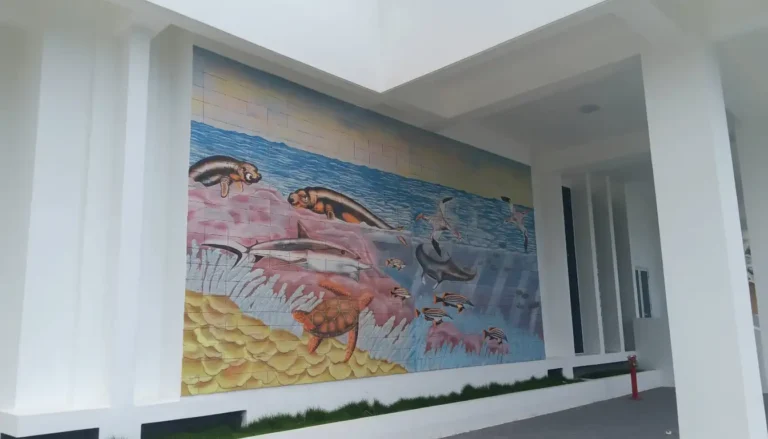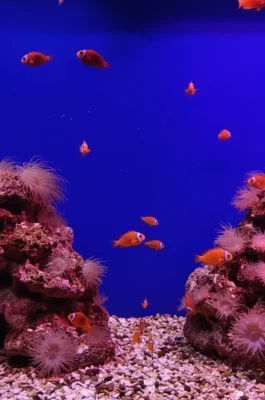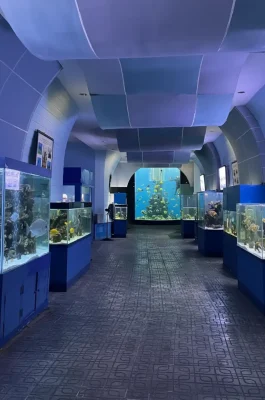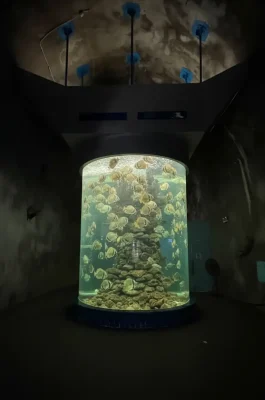The National Oceanographic Museum of Vietnam invites visitors to explore the rich biodiversity of Vietnam’s eastern sea. This institute is not simply a museum; it stands as one of Southeast Asia’s oldest and most important marine research centers, offering both scientific insight and mesmerizing exhibits. It is a must-see destination for families, students, and anyone fascinated by the ocean world.
History and Research Significance
The Institute of Oceanography was established in 1922 during the French colonial period, initially operating as the Indochina Oceanography Institute. Its strategic location near Cầu Đá Port and the deep coastline provided ideal conditions for marine study. Today, the institute focuses on basic and applied research in marine science, resource management, and environmental protection. The public museum wing allows guests to engage directly with the institute’s valuable findings.

Key Exhibits and Visitor Highlights
The museum occupies a large French colonial-era building, with exhibits spread across two floors. It skillfully combines live animals and meticulously preserved specimens, providing a comprehensive educational experience.
Miniature Oceanarium (Ground Floor): This area features numerous glass tanks filled with vibrant, living marine species. Visitors see reef sharks, sea turtles, stingrays, moray eels, coral, and colorful reef fish like clownfish and lionfish. The tanks are designed to simulate natural coastal and coral reef ecosystems, allowing for detailed observation.
The Specimen Hall (Upper Floor): This vast collection includes over 20,000 preserved specimens representing more than 5,000 marine and freshwater species. The highlight of the entire museum is the colossal, 18-meter-long skeleton of a humpback whale, which was excavated in the north of Vietnam. Guests also find the rare skeleton of a Dugong (sea cow), along with extensive displays of crustacean, mollusk, and algae samples.
Themed Exhibitions: Other rooms focus on the history of Vietnamese marine research, local fishing traditions, and the challenges of marine environmental protection, which provide valuable context for the exhibits.

Practical Visitor Information
The museum is easily accessible by taxi or local bus route number 4 from the city center. Visitors should allow 1.5 to 2 hours to explore the main exhibition halls thoroughly.
| Information Point | Detail (Reference Price) | Note |
|---|---|---|
| Location | 1 Cầu Đá, Nha Trang | Near the Vinpearl cable car station and Cầu Đá Port. |
| Opening Hours | 6:00 AM – 6:00 PM (Daily) | Hours are subject to change on national holidays. |
| Entrance Fee | Adults: 40,000 VNĐ | Students: 20,000 VNĐ (ID required) |
| Dress Code | Appropriate and respectful attire | Since it is a research and educational institution. |
| Tips | Try to visit during a weekday morning to avoid weekend crowds. | Look for the live feeding demonstrations, which are often held on Sunday mornings. |
Visitors should remember that this is a research facility, so they must maintain a quiet and respectful demeanor, thus ensuring the preservation of the specimens and the comfort of other guests.









